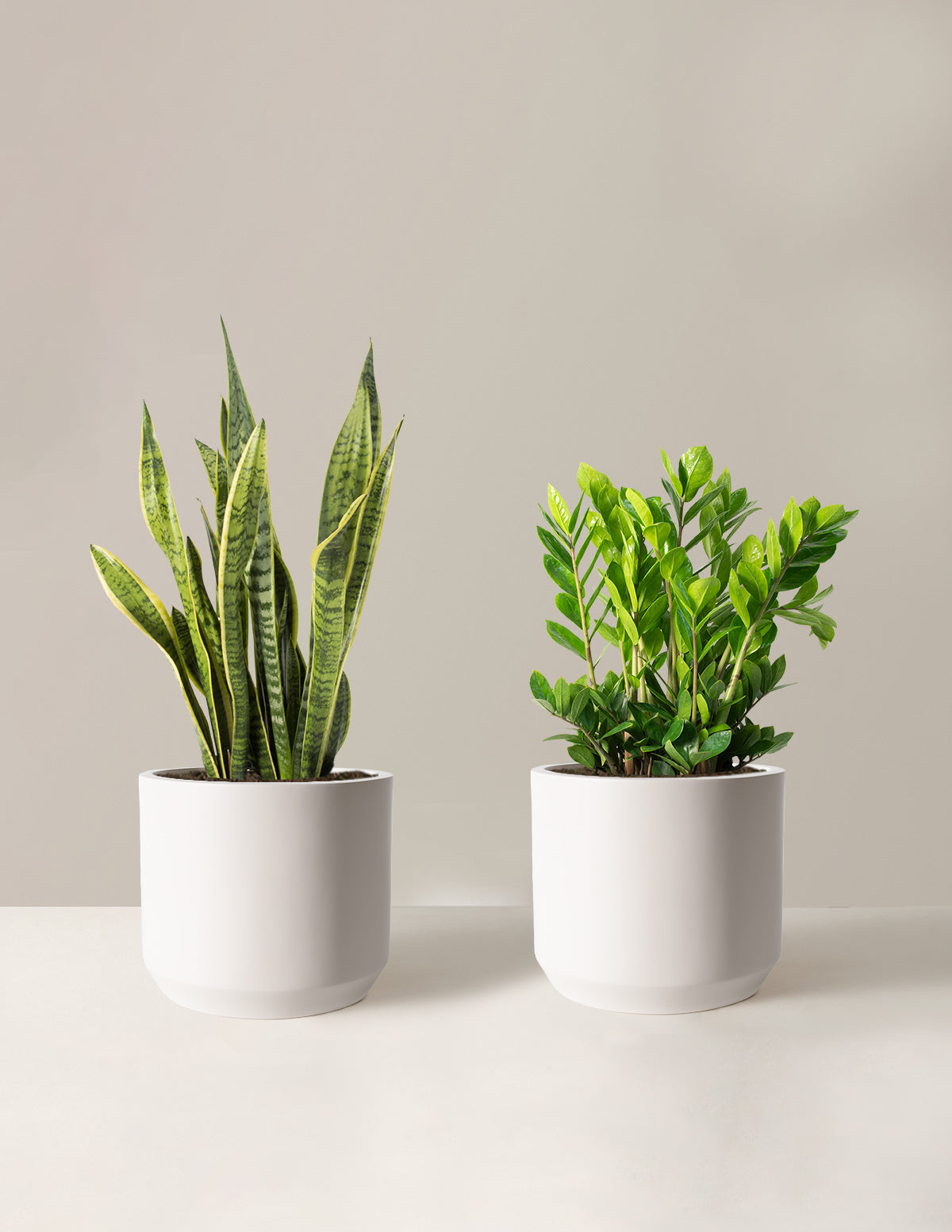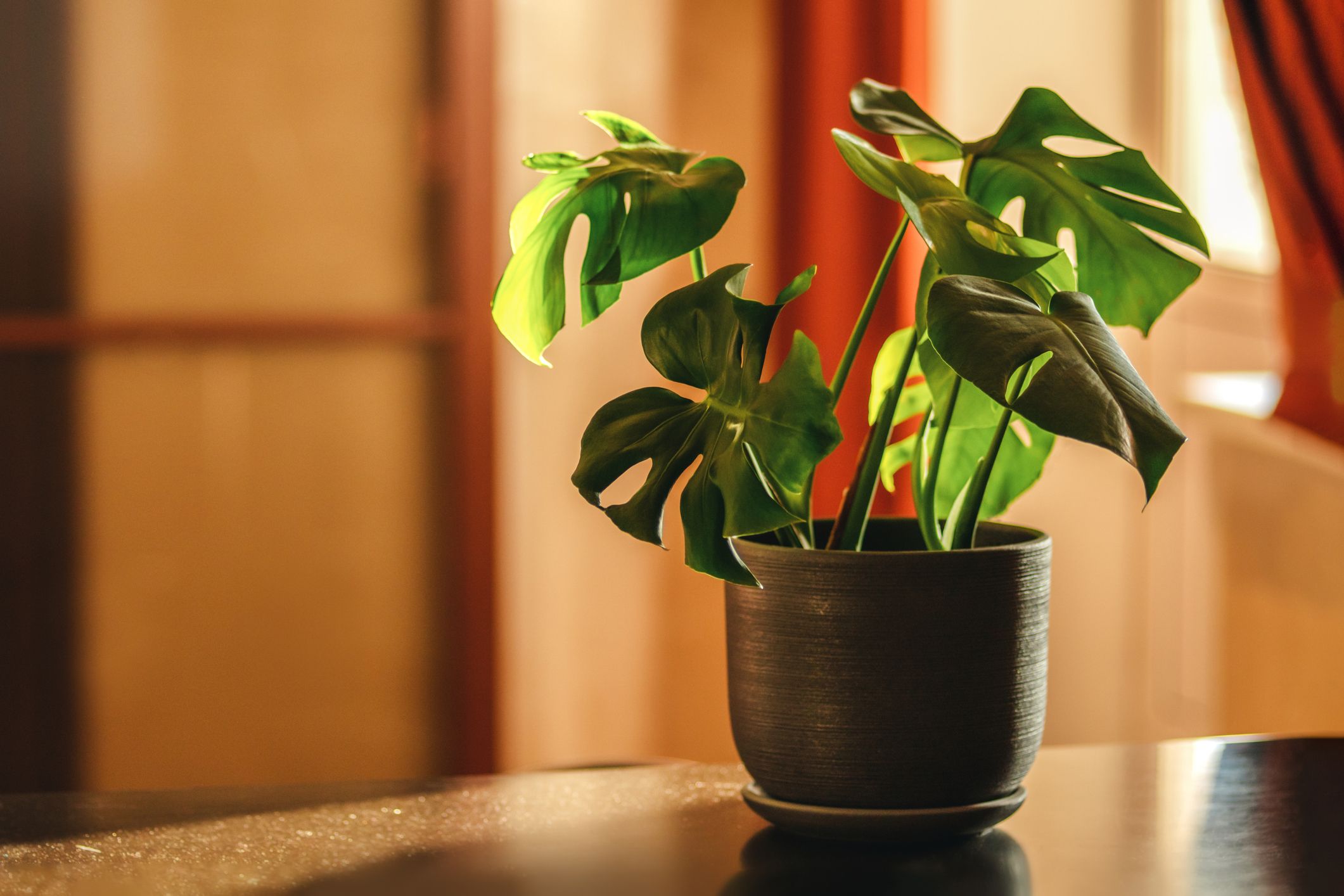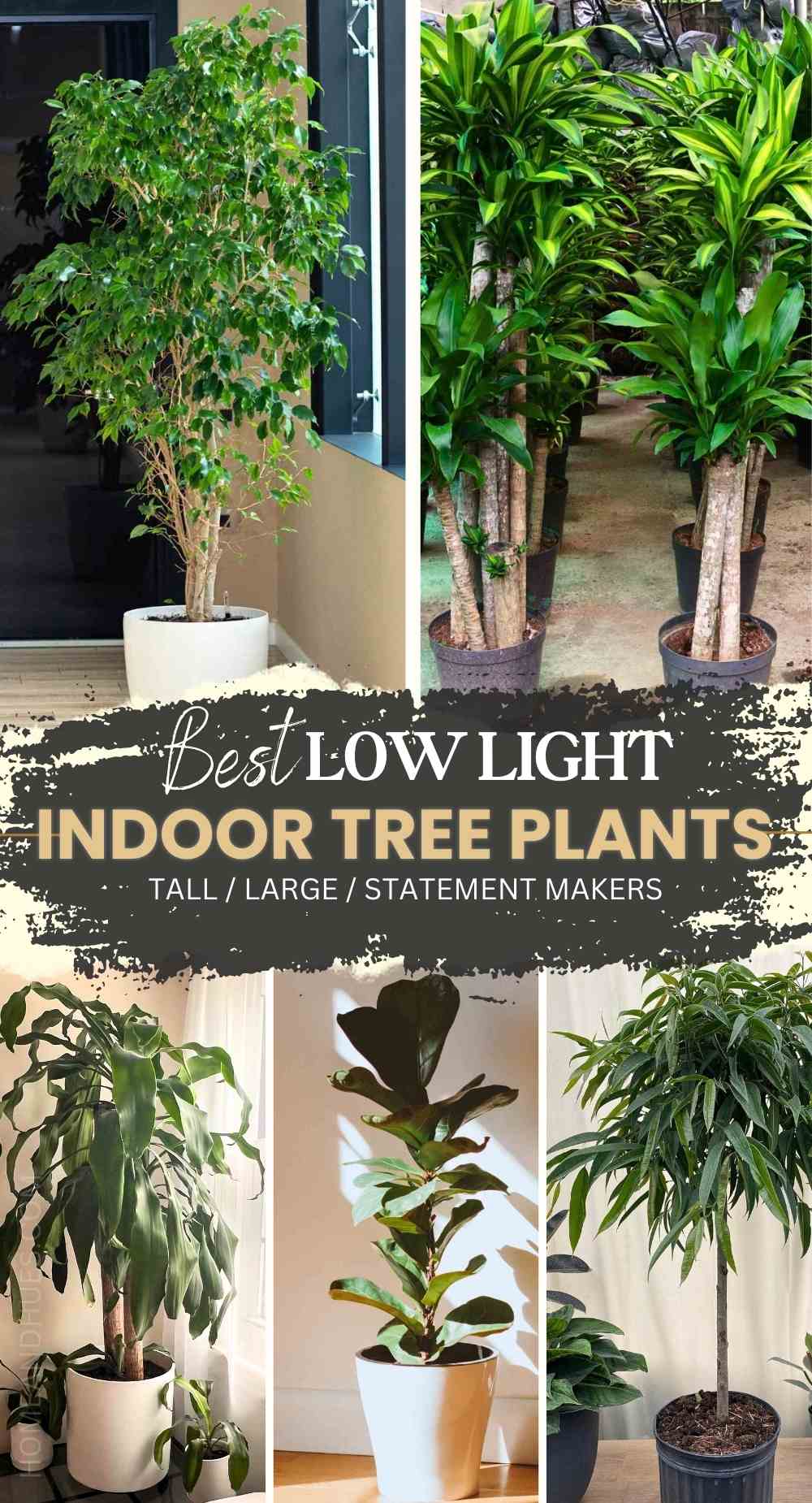Best Low-Light Indoor Plants That Thrive with Minimal Sunlight
Best Low-Light Indoor Plants That Thrive with Minimal Sunlight
Blog Article
Uncover the Keys of Low-Light Indoor Plants and Exactly How They Improve Your Setting
Low-light interior plants have actually gathered enhancing attention for their one-of-a-kind ability to boost both visual allure and ecological high quality within homes and work environments. These resistant species, consisting of the Serpent Plant and Peace Lily, not just grow in challenging illumination problems yet likewise play an essential function in air purification and emotional wellness.
Advantages of Low-Light Indoor Plants
Although many individuals assume that interior plants call for plentiful sunshine to thrive, low-light indoor plants provide a wide variety of advantages that make them suitable for different settings. Among the main advantages is their flexibility; they can thrive precede with restricted natural light, such as workplaces, cellars, or areas with tiny windows. This attribute allows individuals to improve their environments with greenery, adding to boosted aesthetics without the demand for extensive lighting adjustments.
Moreover, low-light interior plants can significantly enhance interior air quality by releasing and filtering system damaging contaminants oxygen, making living rooms healthier. The presence of plants has been linked to greater sensations of tranquility and focus.
Additionally, low-light plants frequently require much less maintenance than their sun-loving equivalents, making them excellent for busy people or those brand-new to gardening. Their strength allows them to love very little intervention, thus supplying a rewarding experience for plant lovers and novices alike. In summary, low-light indoor plants serve both functional and aesthetic purposes, making them important additions to any room.
Top Low-Light Plant Varieties
Low-light indoor plants can be found in a range of varieties, each offering special features and advantages fit for dark atmospheres. Among the most preferred ranges is the Serpent Plant (Sansevieria), known for its building fallen leaves and air-purifying capabilities. This durable plant grows on overlook and can endure a large range of light problems.
An additional outstanding choice is the ZZ Plant (Zamioculcas zamiifolia), which features shiny, dark green leaves and is highly drought-tolerant. Its flexibility makes it a favorite for offices and homes with restricted sunshine.
The Pothos (Epipremnum aureum) is additionally a leading challenger, with its tracking creeping plants and heart-shaped leaves - Best low-light indoor plants. This flexible plant can be educated to climb up or waterfall, including aesthetic passion to any type of space

Care Tips for Low-Light Plants
Caring for low-light indoor plants calls for a nuanced understanding of their specific needs to make sure optimum growth and vitality. Initially, it is necessary to select the best potting mix, as a well-draining dirt is crucial to stop root rot. A blend made for houseplants, often containing peat moss and perlite, works well for the majority of low-light ranges.
Watering is another vital element of care. Low-light plants generally need less regular watering contrasted to their sun-loving counterparts.
Fertilizing must be approached with care. Throughout the expanding season, a watered down fluid plant food can be used monthly, however in winter months, many low-light plants go into inactivity and require little to no fertilization.
Lastly, it is essential to occasionally cleanse the leaves to get rid of dust, permitting far better light absorption. By sticking to these treatment ideas, you can grow a successful environment for your low-light interior plants, enhancing both their look and longevity.
Enhancing Air Top Quality With Plants
Interior plants play a substantial role in enhancing air high quality within homes and office spaces. Through the procedure of photosynthesis, these plants take in carbon dioxide and launch oxygen, adding to a healthier ambience. Additionally, specific low-light indoor plants possess the ability to filter harmful toxins, such as benzene, formaldehyde, and trichloroethylene, which are generally discovered in indoor settings.

Moreover, the presence of indoor plants can boost moisture degrees, which assists reduce completely dry skin and respiratory system problems, better boosting general well-being. This capability to boost air high quality not only promotes physical health yet also sustains psychological wellness.
Incorporating low-light interior plants right into your living and working rooms can result in an extra lively and stimulating setting (Best low-light indoor plants). Buying these natural air purifiers is a simple yet effective method for improving interior air top quality and fostering a healthier way of life
Producing a Tranquil Indoor Space
The combination of plants right into living areas not just boosts air high quality but likewise adds to a serene atmosphere. Low-light indoor plants, such as snake plants and pothos, are particularly efficient in creating a serene setting, as they prosper in conditions that may or else be inhospitable for other plant. Their rich vegetation supplies a soothing aesthetic, reducing anxiety and advertising leisure.
Including these plants right into your home or workplace can evoke a feeling of peace and well-being. Strategically placing them in areas where you invest substantial time, such as living workspaces or areas, enables an immersive experience with nature, which has actually been revealed to boost state of mind and cognitive feature.
In addition, the mild motion of fallen leaves in feedback to airflow can create a dynamic visual aspect that enhances the general setting. Think about making use of a range of plant heights and structures to add depth and interest click here now to your room. With thoughtful placement and treatment, low-light interior plants can transform any kind of area into a peaceful shelter, promoting not just visual contentment however likewise psychological and emotional wellness.

Conclusion
Incorporating low-light indoor plants right into different environments returns significant advantages, consisting of enhanced air top quality and boosted aesthetic allure. These sturdy varieties not only flourish in marginal light but also add to a calming environment, advertising emotional and psychological wellness. By picking ideal varieties and carrying out correct care methods, individuals can successfully cultivate a calm indoor area that fosters well-being and efficiency. The transformative power of low-light plants highlights their worth in boosting both domestic and job-related settings.
Although numerous individuals think that interior plants call for plentiful sunshine to grow, low-light interior plants supply a wide variety of benefits that make them ideal for numerous settings.Moreover, low-light indoor plants can considerably improve indoor air top quality by filtering system damaging toxins and launching oxygen, making living spaces healthier. Furthermore, certain low-light interior plants possess the ability to filter damaging contaminants, such as formaldehyde, benzene, and trichloroethylene, which are typically discovered in interior settings.
Low-light interior plants, such as serpent plants and pothos, are specifically reliable in developing a peaceful atmosphere, as they flourish in problems that might otherwise be unwelcoming for other plant.Including low-light interior plants right my blog into numerous atmospheres returns considerable benefits, consisting of enhanced air high quality and improved visual appeal.
Report this page